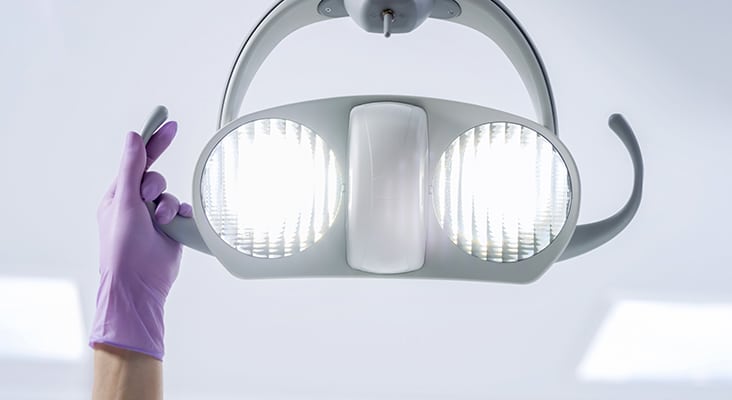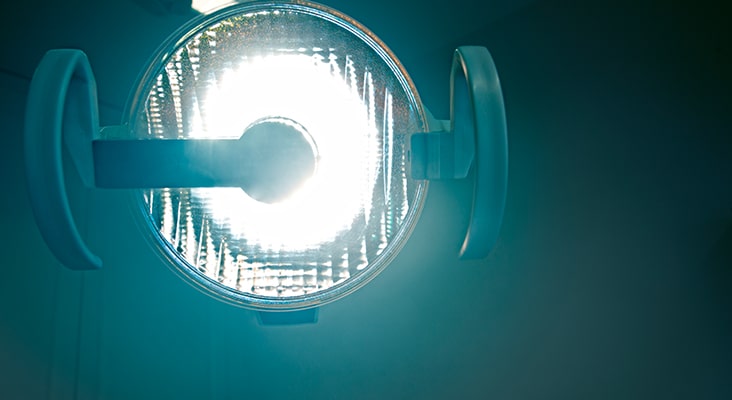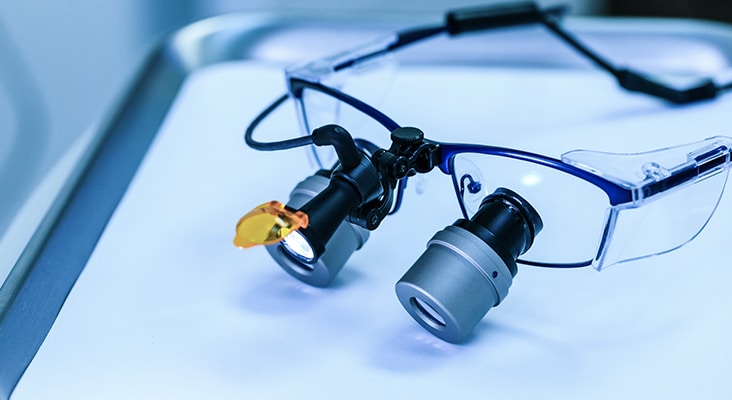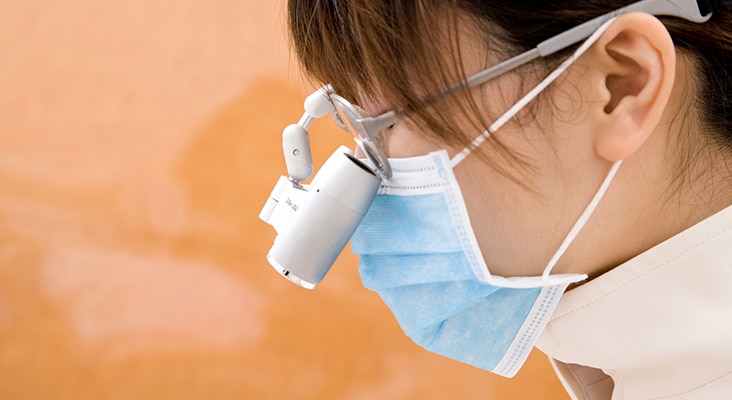Improve Ergonomics With Coaxial Illumination
The physical stress of clinical dental hygiene practice is an occupational risk factor for developing musculoskeletal disorders (MSDs). Coaxial illumination, combined with magnification, can improve visual acuity, ergonomics, and diagnostic capabilities for oral health professionals.







